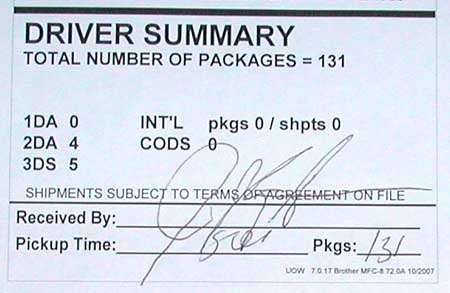I have a very long history with PPC marketing. When GoTo finally syndicated their ads to Yahoo, I thought, man, this is brilliant, this is what will make web advertising work. Advertising at the point of demand (the search), with scale because syndication removes the site-centric orientation. A direct marketer’s dream, let the testing begin!
AdSense, however, has always been a poor performer for the Lab Store (and many other commerce businesses). AdSense is really a banner ad with lipstick on it, only marginally attached to the point of demand by context, and not by action.
We’ve tested it many times and always with the same result – unbelievable numbers of impressions and no sales.
In the last test cycle, we finally stuck pay dirt. Behold, AdSense finally delivering value to the Lab Store:
(click to enlarge)
As you can see, we started out with a Cost / Conversion of about $155. This ain’t going to work, because the net value of the customer generated from “context ads” is only about $65. We’re literally losing money every time we make a sale. But this time around, Google finally provided all the tools we needed to optimize this system, namely:
1. More advanced control over site selection.
In the earlier stages of this capability, we could not kill some sites without killing others, so it was not as flexible as we needed. The most I could find out about this issue was it had something to do with the nature of the AdSense distribution agreements. As of this summer, something had changed and we had finer levels of control.
The first thing we did was to kill any sites in Social Media land (primarily MySpace), which is where you get the first dogleg down in Cost per Conversion. Then we continued to selectively prune more sites with the same profile as MySpace – tons of impressions, worthless traffic.
2. Ability to change pricing models.
Google allowed us to go from impression pricing (CPM) to click pricing (CPC). Since we now had pruned the site list down to the most relevant, we were able to jam the price we would pay per click way above the equivalent CPM Google was getting from us before this change so we could own the real estate.
Look what happened – the next dogleg down in Cost / Conversion, finally stabilizing between $4 – $5 per new customer.
This cost we can live with versus the net customer value of $65.
I know some folks may concern themselves with advertising higher up in the “funnel”. Gee Jim, what about “awareness”? How do you reach folks that don’t know about you, folks not searching for your products?
The answer is in the chart above. I can’t afford to generate awareness, it costs too much. Generating 400,000 impressions on MySpace basically creates awareness among people who are not interested. I’m sorry, but I simply don’t see any value in that.
That’s what the mass media are for.
We have tons of high-ranking site content that generally addresses the awareness issue, if a person is casually interested enough in our category to do a simple search. If they are not interested enough to even search, then why would I want to advertise to them?
I only want to advertise to people who are interested in our category. Pull, not Push, if you know what I mean. Relationship Marketing.
Just a beautiful business model I tell ya, this advertising at the point of demand. As long as you only have to pay for the real demand, that is.
Thanks for making the changes, Google. Some implications for display ads as a result of this test are discussed here.
How are your AdSense ads doing, have you been able to optimize them to profitability? Or have you abandoned them completely?
The next post in this series is here.


